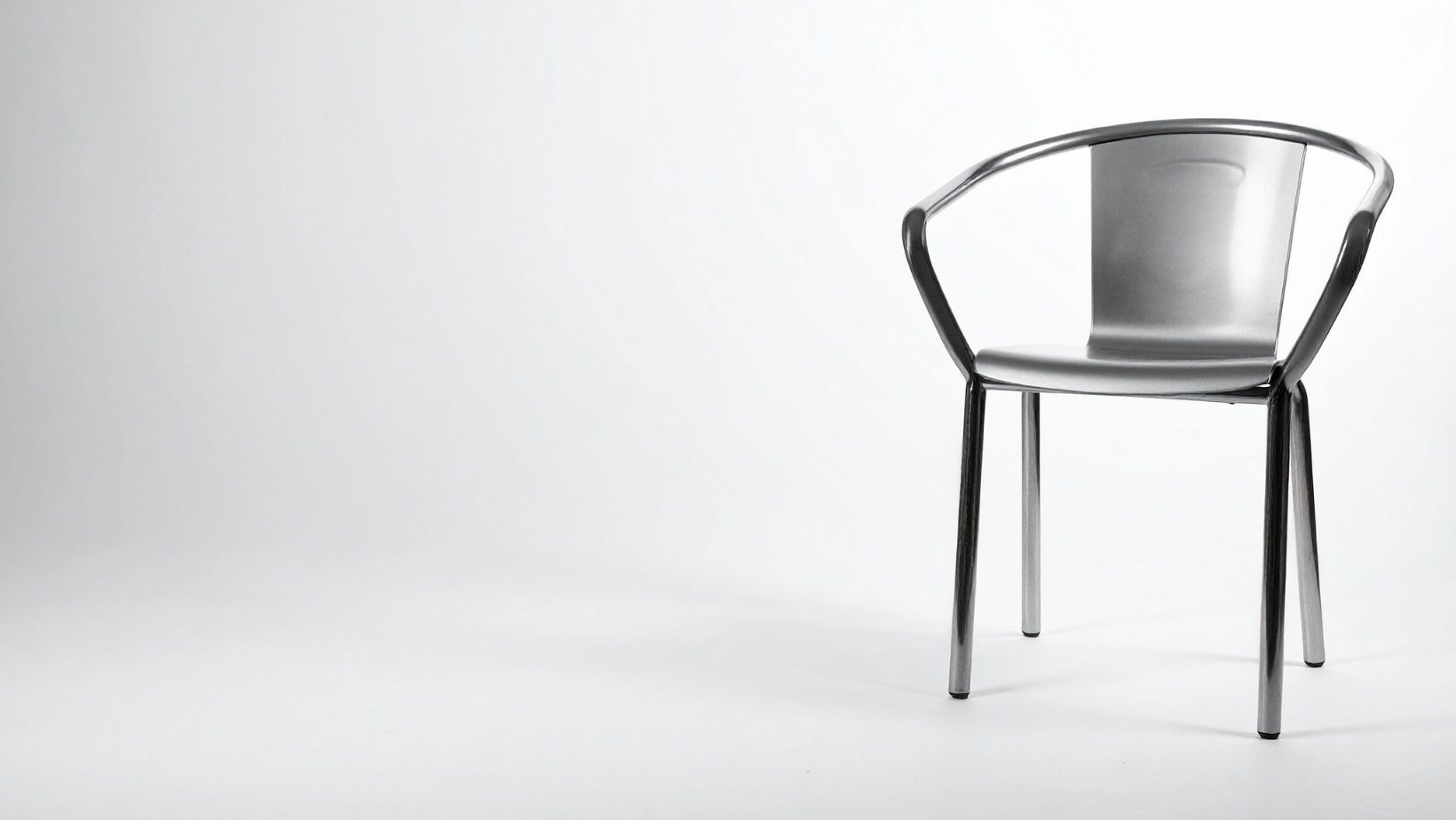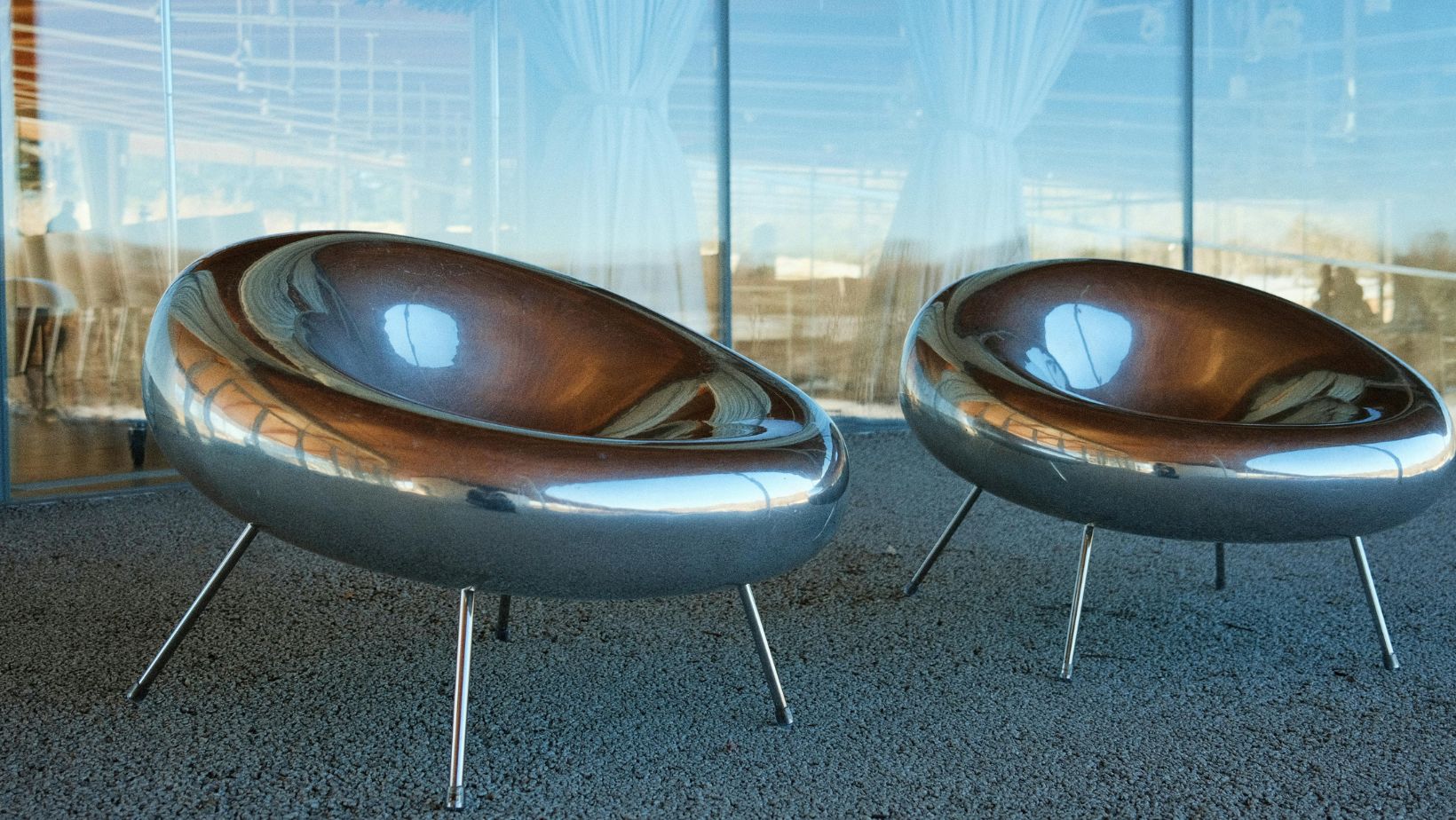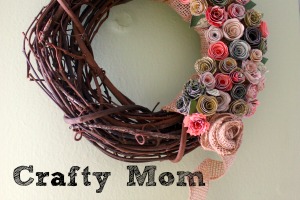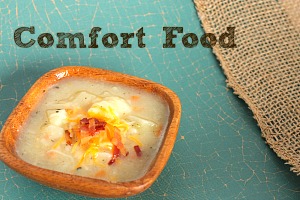
Every successful restaurant, café, or cafeteria faces the same challenge: durability. With customers constantly moving, staff navigating tight spaces, and furniture enduring daily wear, few materials stand the test of time like metal. Metal chairs are engineered for strength. They handle weight, movement, and repetition without warping or loosening over time.
Unlike wooden or plastic options, quality metal restaurant chairs hold their structure even after years of constant use. This makes them a favorite in high-traffic dining rooms, where consistency in quality directly reflects the reliability of the brand.
Metal chairs reduce replacement costs over the long term. They also support a professional image that stays consistent, even under heavy use. Owners who value long-lasting investment often find that the solid performance of metal seating saves both money and stress.
A Simple Formula for Maintenance
Metal chairs are not just strong; they are simple to care for. A quick wipe with a damp cloth keeps them looking spotless, even in environments where spills and stains are inevitable. This ease of cleaning saves valuable time for staff and keeps turnover efficient between guests.
The finish on most metal chairs is designed to resist moisture, grease, and cleaning chemicals. Whether powder-coated, anodized, or stainless steel, the surface remains sleek without fading or peeling. In fast-paced food service settings, that reliability in hygiene adds both visual appeal and safety.
Maintenance advantages include:
- Fast cleaning cycles reduce downtime.
- Surfaces stay resistant to common stains and sanitizers.
- Metal finishes preserve shine after repeated cleaning.
- Reduces labor costs in daily operations.
The long-term benefit of this easy upkeep is operational efficiency. When cleaning becomes effortless, staff can focus on what matters most: serving customers and creating an enjoyable dining experience.
Design That Balances Utility and Style
Durability does not mean dullness. Today’s metal chairs are designed to blend functionality with refined aesthetics. From industrial iron frames to minimalist aluminum silhouettes, they fit effortlessly into diverse interior themes, from rustic eateries to modern lounges.
The beauty of metal lies in its adaptability. Designers can shape, coat, and color it to match any brand identity. Some combine metal with wood or upholstery to soften the look, while others embrace the raw, sleek edge of polished steel for a bold statement.

This versatility ensures that metal chairs do more than just perform; they enhance atmosphere. Their structure complements lighting, flooring, and spatial layout, giving each restaurant a cohesive identity that guests remember.
Examples of design applications:
- Vintage steel bistro chairs for casual cafés.
- Black matte metal frames in industrial bars.
- Chrome finishes for upscale hotel lounges.
- Mixed metal and wood combinations for balance and warmth.
Long-Term Value and Environmental Responsibility
Sustainability is another reason metal chairs are making their mark. Many models are made from recyclable materials, extending their life cycle beyond the restaurant floor. Metal can be reused, reformed, and refinished without losing its integrity, which means every chair can have more than one life.
Financially, this also adds up. A single investment in metal seating can outlast several replacements of cheaper alternatives. For restaurateurs, that’s a direct path to lower maintenance budgets and fewer disruptions to business flow.
Split into environmental and economic advantages, the benefits are clear:
- Environmental: Reduced waste, lower resource consumption, and full recyclability.
- Economic: Lower replacement frequency, longer life span, and consistent aesthetic value.
This combination of sustainability and cost-efficiency makes metal chairs not only smart but also responsible.
Strong, Smart, and Stylish
Metal chairs embody the perfect harmony of strength, simplicity, and style. They are more than just seating. They are an investment in reliability, cleanliness, and design longevity. In fast-paced dining spaces where every second and every surface counts, their ability to resist wear and tear makes them indispensable.
Beyond their toughness, metal chairs add visual consistency to restaurant interiors. Their finishes stay sharp, their form remains sturdy, and their upkeep demands little effort. For business owners, this translates to reduced costs, smoother operations, and furniture that continues to look inviting year after year.
As sustainability and practicality become priorities in hospitality, metal seating stands as a model of both. It performs under pressure, enhances brand image, and reflects a thoughtful approach to design. For spaces that welcome countless guests every day, metal chairs prove that durability can be beautiful, and strength can be sustainable.


















